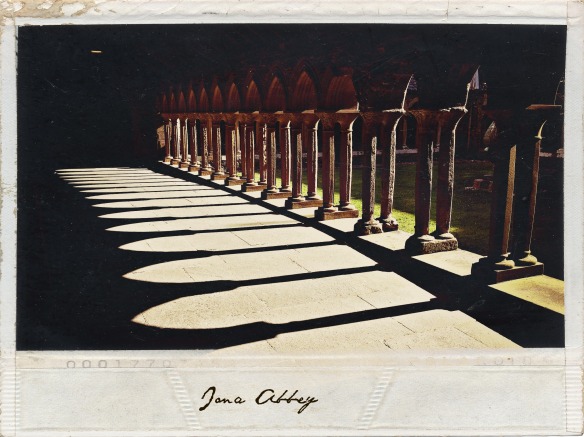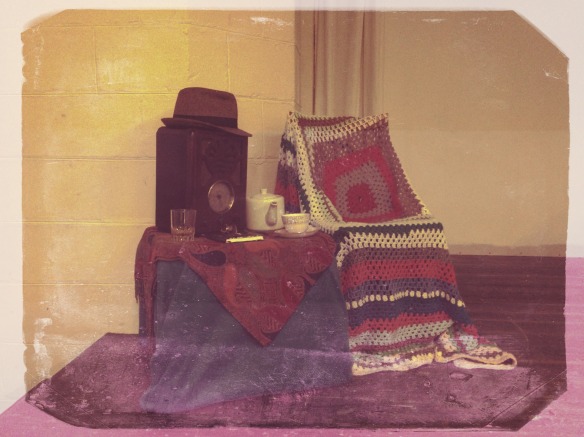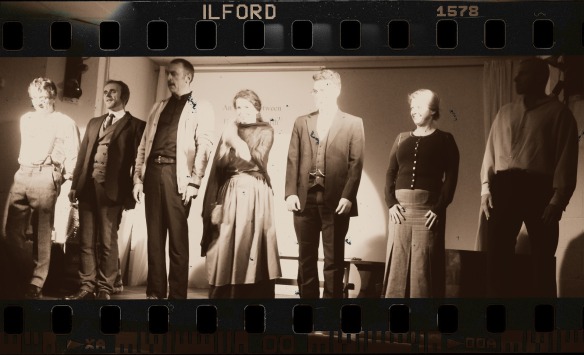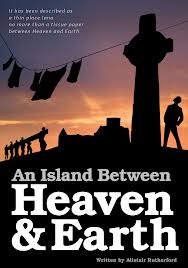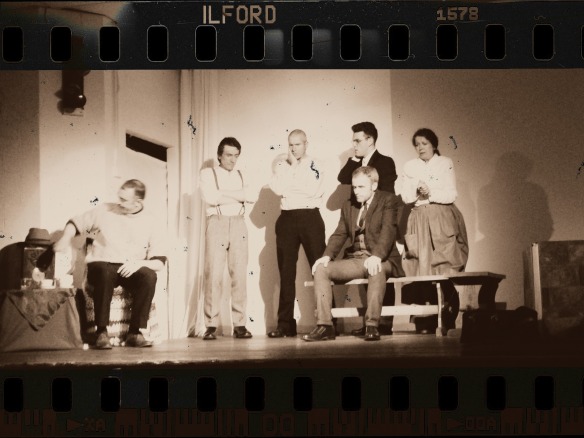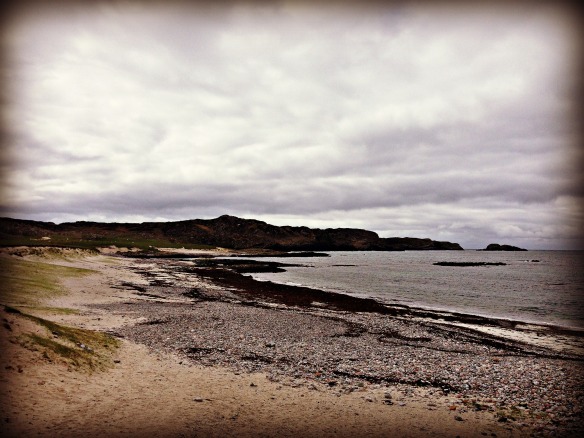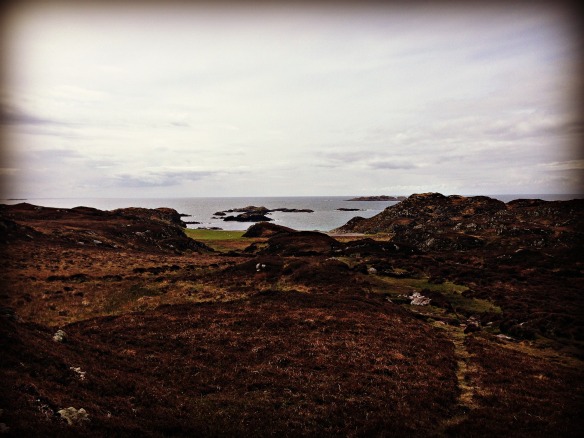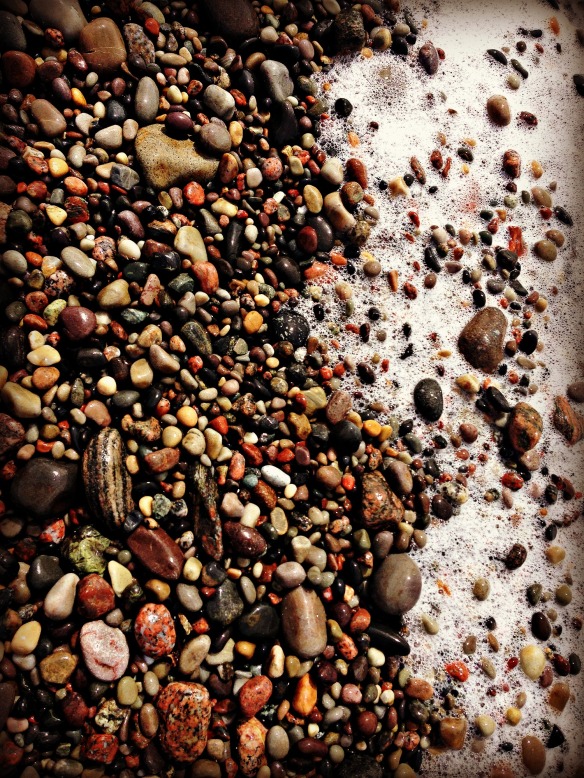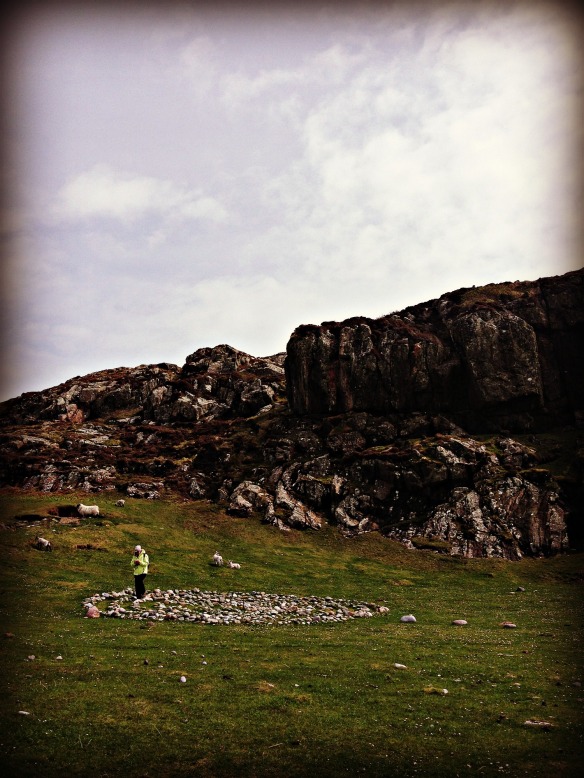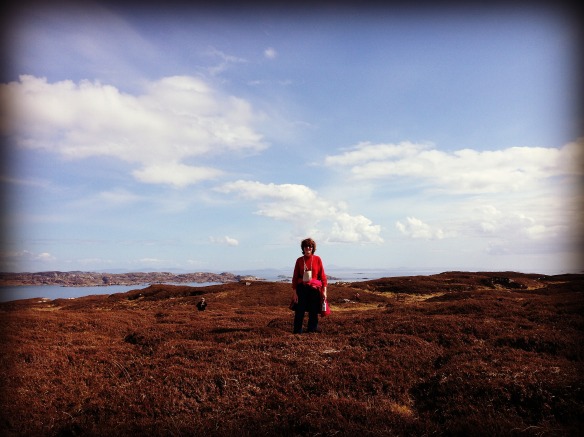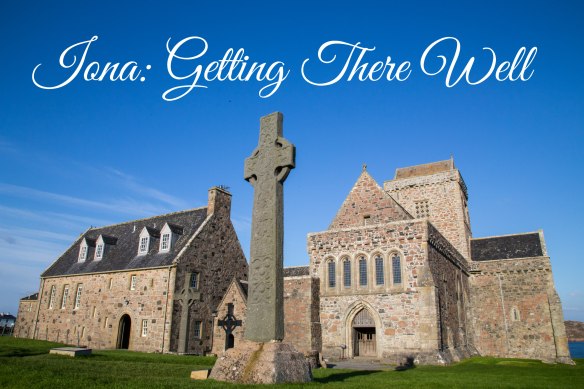
The journey itself to Iona makes this place unique; it is long, quite complicated and even relatively uncomfortable for the urbanite who is accustomed to quick and easy travel. This distance provides the perfect pilgrimage process, for it truly requires a removal of oneself from all that is familiar and supplies a lengthy trek-full of obstacles, no doubt! Once there, one finds a sparsely populated island, with almost no cars and a large abbey, whose structure appears to have dropped from the heavens onto this topographically small and relatively insignificant place.
Sheep outnumber the residents and the sunlight plays on the hillsides in the most magical ways. One senses almost immediately Iona is indeed a “thin space” – that brushing up against the Divine is inevitable.
It takes time to get to Iona. To start your pilgrimage preparations, think about the itinerary in two parts: TRAVEL TO OBAN and OBAN TO IONA
By Train
Trains travel regularly from Edinburgh (Waverley Station) and Glasgow (Queen Street Station) to Oban. This spectacular journey (one of the top rail rides in the world!) takes approximately four hours and the train terminal in Oban is next to the ferry terminal for the Isle of Mull.
Rail Enquiries:
Tel: 08457 484950.
Scotrail (Trains)www.scotrail.co.uk
By Bus
Buses depart from Edinburgh (St. Andrew Square) and Glasgow (Buchanan Street Station) and go directly to the Station Road stop in Oban. The route takes approximately four hours-make sure to pack a snack!
Bus Enquiries:
Tel: 08705 505050 or visit www.travelinescotland.com
Scottish Citylink (Coaches)www.citylink.co.uk

By Car
From Edinburgh take the M9 to Stirling, then the A84/A85 to Oban.
From Glasgow take the A82 up the side of Loch Lomond to Crianlarich, then the A85 to Oban.
If you are travelling from the north of Scotland the A82 will take you from Inverness to Fort William, then take the A828 to Oban.
Disabled Passengers
For assistance on the railway ring Scotrail (Tel: 0845 605 7021).
Recommended accommodations for your overnight in this seaside town
Oban Youth Hostel
www.syha.org.uk/hostels/highlands/oban.aspx
Harbour View Guest House
A lovely and affordable B&B in Oban within walking distance from the train and ferry.
Dilys McDougall at dilysmcdougall@aol.com
Tel: 011-44-1631-563-462
Harbour View
Shore Street
Oban, Argyll
PA34 4LQ
Ferry Service to Mull
The ferry from Oban to Craignure on Mull takes forty minutes. Walk on passengers should arrive within an hours time of departure, and make sure to give yourself time to pick up a fresh seafood sandwich at a local fish monger booth near the ferry-delicious! Cars need to check in at least thirty minutes before departure and advanced tickets is strongly recommended during the summer season and public holidays.
Ferry enquiries: contact the ferry operators Caledonian MacBrayne (Tel: 08705 650000) or visit their website www.calmac.co.uk
Across Mull
Tour buses will pick up passengers in a lot just off of the ferry departure area and bring them to the ferry terminal at Fionnphort; these bus times generally coincide with the Mull and Iona ferries. There is a sweet little gift shop and restroom facilities to visit-if there is time before the bus departs!

It takes approximately one hour to drive across the Ross of Mull from Craignure to Fionnphort, where the ferry leaves for Iona. Visitors cars are NOT allowed on Iona, but there is free car parking at the Columba Centre in Fionnphort, minutes from the ferry terminal.
For bus enquiries: Tel: 01631 566809 or visit www.bowmanstours.co.uk orwww.travelinescotland.com or Tel: 01546 604695 or Email: public.transport@argyll-bute.gov.uk
Ferry to Iona
The bus will drop you off at Fionnphort. There is a ten minute passenger (walk-on only) ferry that crosses the Sound of Mull landing at the pier in the village of Iona. In the Winter some ferries need to be reserved the day before travel.
Telephone the CalMac Craignure office on: 01680 612343 or visit www.calmac.co.uk/destinations/iona.htm
Disabled Passengers
For assistance on the ferry ring your departure terminal: CalMac Oban (Tel: 01631 566688) or Craignure (Tel: 01680 612343).
You have arrived to Iona, the place that has called to you! Savor your arrival.

